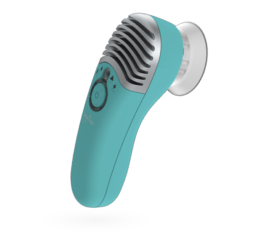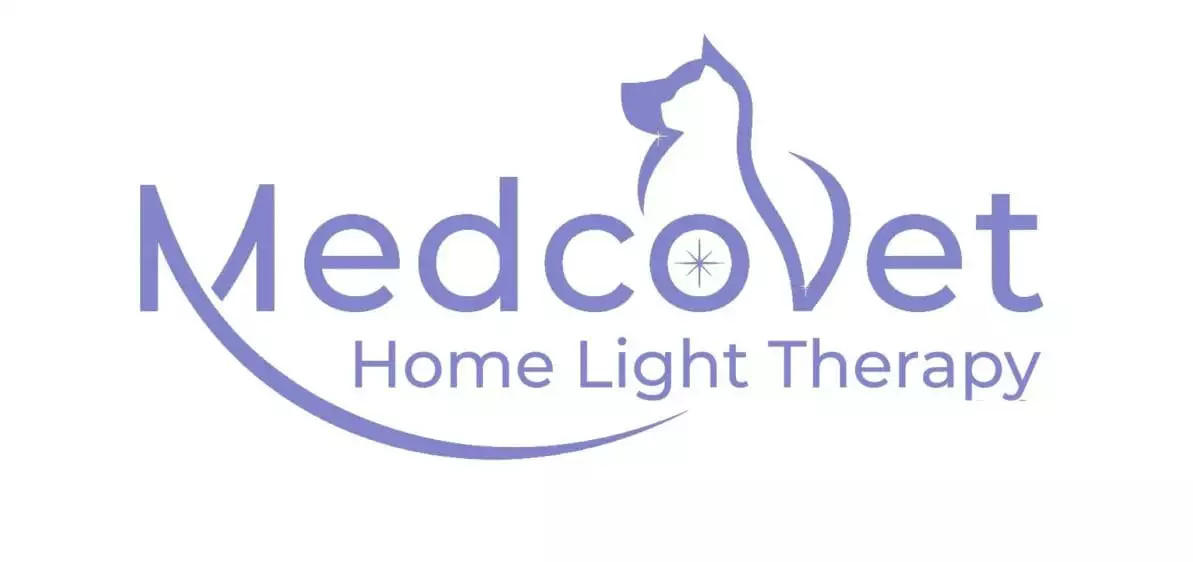Can Lasers Reduce Medication in Veterinary Medicine?
Pet owners are becoming increasingly sensitive to overmedicating and the accompanying side effects that come with this strategy. Low Level Light Therapy (LLLT), or Photobiomodulation (PBM,) has always held the promise of treatment without side effects.
Although it may seem self-evident that successful PBM treatments should lead to a reduction in the amount of medication required, the number of studies that actually prove this hypothesis is surprisingly few. Many studies content themselves with showing that PBM performs as well as, or even better than, a group that receives the standard medication. However since it is possible that the mechanistic pathways of PBM and standard medication interfere with each other, one cannot simply assume that the demonstrated effectiveness of PBM would necessarily mean that less medication would be required.
Perhaps the most abundant data relevant to this question is in the area of anti-inflammatory drugs. Numerous investigators have compared the effects of PBM to anti-inflammatory drugs in various animal models of inflammation. Most studies have found that PBM is more effective compared to either corticosteroids or non-steroidal anti-inflammatory drugs (NSAIDS). While most studies have compared PBM and anti-inflammatory drugs in separate groups, one study did look at combinations (1). Using a sciatic nerve crush injury model in mice they studied PBM (660 nm, 10 J/cm2, 0.6 J, 16.8 J total energy over 28 daily sessions) alone or combined with dexamethasone (DEX; local injection of 2 mg/kg for 10 consecutive days). While both PBM alone and DEX alone were effective, the combination was better for pain reduction and nerve healing. These results suggest that PBM could reduce the dosage of anti-inflammatory drugs needed for diverse inflammatory conditions.
Another common application where PBM may be able to reduce the amount of medication is pain relief. Here we are talking about neuropathic pain and central pain, rather than inflammatory pain, which was discussed above. Most of the studies showing reduced consumption of painkillers have been done in human patients after various types of surgical procedures. In one study (2) PBM was tested on patients who had received periodontal flap surgery for periodontal pockets. The PBM group reported less pain on VAS scale than the control group, and took fewer painkillers on days 3, 4, 5, 6, and 7 following the surgery.
Another instance where PBM reduced the amount of medication that was required, was the treatment of patients with hypothyroidism induced by chronic autoimmune thyroiditis (3). The study found a significant difference in the mean levothyroxine dose (thyroid replacement medication) required to treat the hypothyroidism between the PBM group (38.59 ± 20.22 μg/day) and the placebo group (106.88 ± 22.90 μg/day, P<0.001).
These studies, and others like it, seem to suggest that LLLT can be used to reduce the dosage of medication. It would follow that a reduction in dosage would have a corresponding reduction in the drug’s side effects. These studies also demonstrate that lasers and medication are more effect than either used alone.
References:
1. de Souza LG, Marcolino AM, Kuriki HU, Goncalves ECD, Fonseca MCR, Barbosa RI. Comparative effect of photobiomodulation associated with dexamethasone after sciatic nerve injury model. Lasers Med Sci. 2018;33(6):1341-9.
2. Heidari M, Fekrazad R, Sobouti F, Moharrami M, Azizi S, Nokhbatolfoghahaei H, et al. Evaluating the effect of photobiomodulation with a 940-nm diode laser on post-operative pain in periodontal flap surgery. Lasers Med Sci. 2018;33(8):1639-45.
3. Hofling DB, Chavantes MC, Juliano AG, Cerri GG, Knobel M, Yoshimura EM, et al. Low-level laser in the treatment of patients with hypothyroidism induced by chronic autoimmune thyroiditis: a randomized, placebo-controlled clinical trial. Lasers Med Sci. 2013;28(3):743-53.

Luma
At MedcoVet, we aim to make light therapy available and affordable to anyone that needs it. So, we would like anyone interested, curious, practiced or skeptical to join our community and the discussion.

